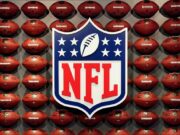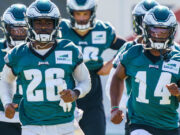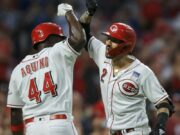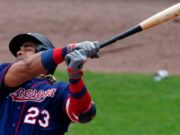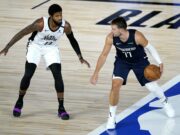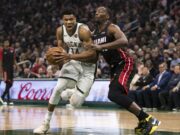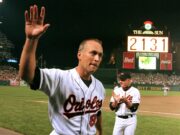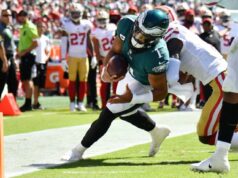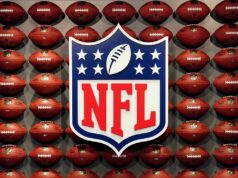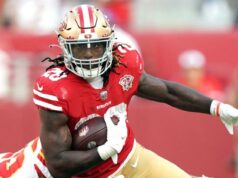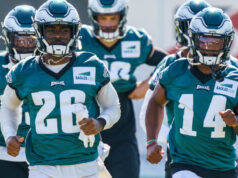A couple of weeks ago, news broke out of Boston that expected Opening Day starter Eduardo Rodriguez was to be out indefinitely with Dead Arm Syndrome. Given my prediction that the Boston Red Sox would make the ol’ worst-to-first sprint in 2021, I saw the lefty’s injury as a bit of karma (really should’ve knocked on wood before writing that article). While he seems to be on the mend, seeing an athlete like Eduardo Rodriguez suffer this injury should give us reason to pause and consider how something seemingly as simple as a tired or sore arm could portend to major issues down the road.
“The Great Unknown”
Alex Cora shares why Eduardo Rodriguez will no longer be the Red Sox Opening Day starter on April 1.#EduardoRodriguez | #AlexCora | #RedSox | https://t.co/qFBBXwiFRL pic.twitter.com/sdRgb1i1vy
— NESN (@NESN) March 26, 2021
Dead Arm Syndrome is one of those oddities of baseball ala the yips. The long-term ramifications of this injury are truly disparate. The injury could amount to virtually nothing. Take a few days off and you’ll feel better after letting the inflammation in your shoulder decrease. Or, potentially, it could be the forbearer for a career-altering or ending injury. It’s this variation that left me concerned over Eduardo Rodriguez’s outlook (and that of the entire Red Sox organization) for the 2021 season and, potentially, beyond.
Dead Arm Syndrome is characterized by sharp pain at the point of maximum external rotation and extension during one’s throwing motion. Your body reacts to this stimuli by automatically decelerating your arm, sapping the velocity, and spin imparted onto the ball. Throwing a ball with any semblance of control is a crapshoot as you essentially lose all sense of a release point. One of the most crippling side effects of a “dead arm” is numbness in your fingers (good luck with controlling a throw if you can’t feel those sausages). At the same time, despite the sharpness of pain on release, it’s often difficult for athletes to pinpoint exactly what they’re feeling and where they’re feeling the discomfort. This vagueness can often result in us understating the injury (i.e. “Well, if it’s a generalized soreness, it can’t be that bad of an injury, right?”).
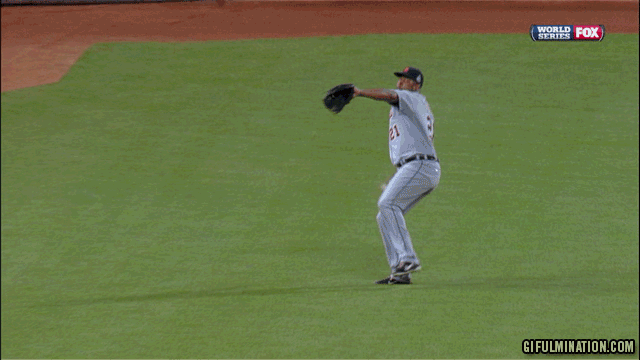
Going through the litany of side effects of a “dead arm”, you can understand how this renders a pitcher useless. Occasionally, this period portends to a major arm injury. One example that comes to mind for me is former Atlanta Braves reliever Mike Gonzalez back in ’07. I remember him coming in to pitch against the Washington Nationals and he’s chucking fastballs in at 82-84 MPH. Amazingly, he didn’t get pulverized, probably because the scouting report on Gonzalez at this point in time says he sits 93-95 with his heater. Well, turns out Gonzalez was pitching with a partially torn UCL and needed Tommy John surgery shortly thereafter. That “dead arm” period can potentially be an indicator that something is seriously jacked up under the proverbial hood.
Eduardo Rodriguez Moving Forward
What’s this mean for Eduardo Rodriguez? Well, he looked alright in his return this past Thursday (5 innings, 3 runs allowed, 7 Ks). Perhaps all that was needed really was just a few days of extra rest. In a tight AL East, given the fact that the Red Sox are a team built on scoring runs (and lots of them) in order to compete, losing Rodriguez could’ve had some major implications. It could be the difference between competing for the division title or battling it out in the division’s basement. The division is that tough. Not every team can be the ’19 Washington Nationals who, after starting the season at 19-31, won the World Series.
A Personal Connection to This Topic
On a personal note, when I read about a pitcher going through a phase of Dead Arm Syndrome, it brings back a lot of memories as a former pitcher who dealt with this issue twice. As a junior in high school, my “dead arm” stemmed from overuse and a mild case of shoulder tendonitis. No big deal. Took about a week off throwing, threw back some painkillers, and “voila” good as new.
Fast forward a few years, I started feeling the same sensations during the spring season of my freshman year in college. Numbness in my pinky and ring finger on my throwing hand. Soreness on the interior of my elbow (yikes, could it be Tommy John on the horizon?). A painful, catching sensation when I tried to throw 100% off the mound. Kind of like someone had wrapped bungee cords around my hand and was trying to slow my arm down as I tried to accelerate through my mechanics. I tried pitching through it, but found it nearly impossible to spin a breaking ball or maintain my arm speed beyond a few pitches. Well, turns out that “dead arm” feeling was a torn labrum that necessitated surgery.
Reality hit home when asking the doctor, “Hey, what’s my recovery time look like to get back playing baseball?” His reply? “Have you ever played first base? Because you aren’t pitching anymore.” Shoulder injuries are baseball’s grim reaper. Can you return from them? Maybe, but history would tell us that, more often than not, you just aren’t going to be the same type of player you were pre-injury (cough, cough, Mark Prior, cough, cough). This is why my ears perk up when I hear talk of “dead arm”. You can scoff all you want at players complaining about this vague arm pain, but until you’ve felt it for yourself, lay off the chatter, hold your breath, and hope for the best.


